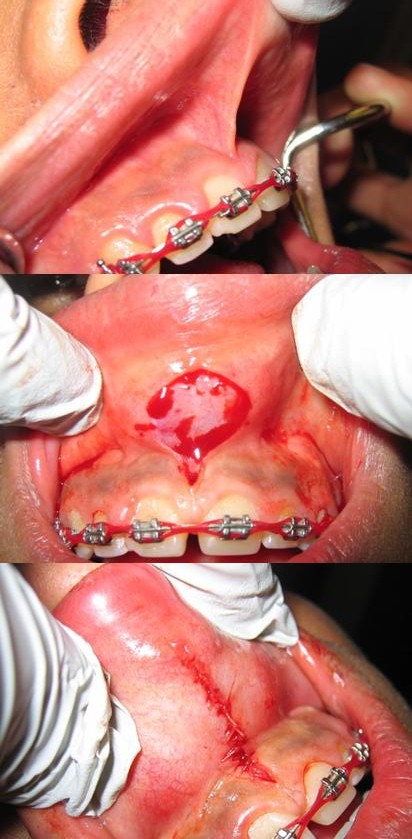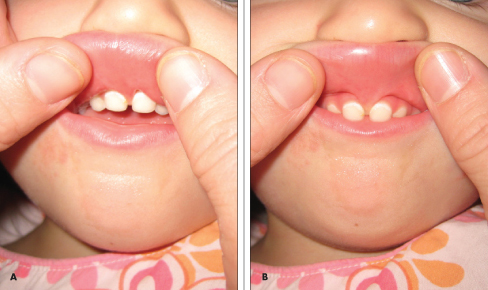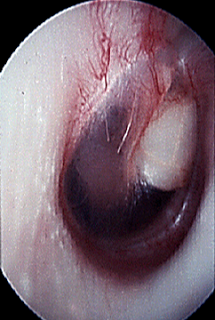 Holoprosencephaly (HPE, once known as arhinencephaly) is a cephalic disorder in which the prosencephalon (the forebrain of the embryo) fails to develop into two hemispheres. Normally, the forebrain is formed and the face begins to develop in the fifth and sixth weeks of human pregnancy. The condition also occurs in other species.
Holoprosencephaly (HPE, once known as arhinencephaly) is a cephalic disorder in which the prosencephalon (the forebrain of the embryo) fails to develop into two hemispheres. Normally, the forebrain is formed and the face begins to develop in the fifth and sixth weeks of human pregnancy. The condition also occurs in other species.
The condition can be mild or severe. According to the National Institute of Neurological Disorders and Stroke (NINDS), “in most cases of holoprosencephaly, the malformations are so severe that babies die before birth.”
When the embryo’s forebrain does not divide to form bilateral cerebral hemispheres (the left and right halves of the brain), it causes defects in the development of the face and in brain structure and function.
In less severe cases, babies are born with normal or near-normal brain development and facial deformities that may affect the eyes, nose, and upper lip.
Symptoms of holoprosencephaly range from mild (no facial/organ defects, anosmia, or only a single central incisor) to moderate to severe (cyclopia).
There are three classifications of holoprosencephaly.
Gross pathology specimen from a case of alobar holoprosencephaly.
Alobar holoprosencephaly, the most serious form, in which the brain fails to separate, is usually associated with severe facial anomalies, including lack of a nose and the eyes merged to a single median structure, see Cyclopia
Semilobar holoprosencephaly, in which the brain’s hemispheres have somewhat divided, is an intermediate form of the disease.
Lobar holoprosencephaly, in which there is considerable evidence of separate brain hemispheres, is the least severe form. In some cases of lobar holoprosencephaly, the patient’s brain may be nearly normal.
Syntelencephaly, or middle interhemispheric variant of holoprosencephaly (MIHV), in which the posterior frontal lobe and the parietal lobe are not properly separated, but the rostrobasal forebrain properly separates; it is possible that this is not a variant of HPE at all, but is currently classified as such.[2]
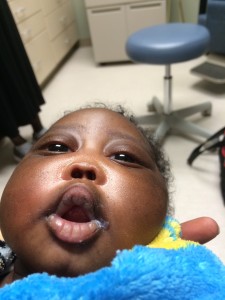 Holoprosencephaly consists of a spectrum of defects or malformations of the brain and face. At the most severe end of this spectrum are cases involving serious malformations of the brain, malformations so severe that they often cause miscarriage or stillbirth. At the other end of the spectrum are individuals with facial defects which may affect the eyes, nose, and upper lip – and normal or near-normal brain development. Seizures and mental retardation may occur.
Holoprosencephaly consists of a spectrum of defects or malformations of the brain and face. At the most severe end of this spectrum are cases involving serious malformations of the brain, malformations so severe that they often cause miscarriage or stillbirth. At the other end of the spectrum are individuals with facial defects which may affect the eyes, nose, and upper lip – and normal or near-normal brain development. Seizures and mental retardation may occur.
The most severe of the facial defects (or anomalies) is cyclopia, an abnormality characterized by the development of a single eye, located in the area normally occupied by the root of the nose, and a missing nose or a nose in the form of a proboscis (a tubular appendage) located above the eye. The condition is also referred to as cyclocephaly or synophthalmia, and is very rare.
 Bactroban (Mupirocin) ointment is a water miscible ointment that out performs all others in the anterior nose.
Bactroban (Mupirocin) ointment is a water miscible ointment that out performs all others in the anterior nose.
 Ponaris Nasal Emmolient is also a staple of our practice. Pretz, Blairex, Nose Better, Nasal Moist, and Rhinaris are all moisturizing sprays. Entertainer’s Secret is a special formulation used as a throat spray that some have used as a nasal moisturizer. Mayo clinic has compounded rose geranium in sesame oil they say works well.
Ponaris Nasal Emmolient is also a staple of our practice. Pretz, Blairex, Nose Better, Nasal Moist, and Rhinaris are all moisturizing sprays. Entertainer’s Secret is a special formulation used as a throat spray that some have used as a nasal moisturizer. Mayo clinic has compounded rose geranium in sesame oil they say works well.

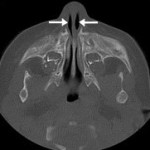


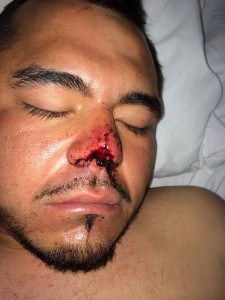
![unnamed[1]](http://www.midwestsinus.com/wp-content/uploads/2015/05/unnamed11-150x150.jpg)
![unnamed[1]](http://www.midwestsinus.com/wp-content/uploads/2015/05/unnamed1-150x150.jpg)


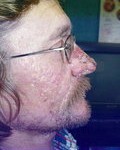

![640px-Domenico_ghirlandaio,_ritratto_di_nonno_con_nipote[1]](http://www.midwestsinus.com/wp-content/uploads/2015/05/640px-Domenico_ghirlandaio_ritratto_di_nonno_con_nipote1-150x150.jpg)

